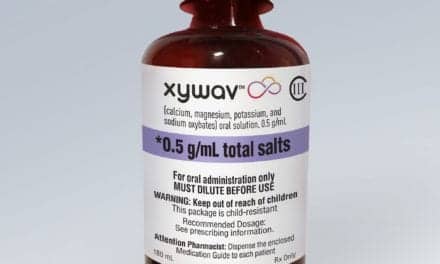French pharmaceutical company Bioprojet SCR presented new human abuse potential data on pitolisant at the 24th Congress of the European Sleep Research Society (ESRS) in Basel, Switzerland. Pitolisant is an investigational product in the United States that was studied in Europe and approved by the European Medicines Agency in 2016 for the treatment of adult patients with narcolepsy with or without cataplexy. Harmony Biosciences LLC acquired exclusive rights in 2017 to develop and register pitolisant in the United States.
“These data for pitolisant are exciting, as currently all FDA-approved medications for the treatment of narcolepsy are scheduled, which indicates a potential for misuse and abuse,” says Harmony’s chief medical officer, Jeffrey Dayno, MD, in a release. “There is a significant unmet need for non-scheduled options that healthcare professionals can prescribe to treat patients living with narcolepsy.”
The human abuse potential study of pitolisant evaluated the abuse potential of single doses of pitolisant compared to phentermine (Schedule IV stimulant) and placebo when administered to healthy, non-dependent, recreational stimulant users using a four period cross-over design. Pitolisant was given at a therapeutic dose of 40 mg and at a supratherapeutic dose of 240 mg while phentermine was given at a dose of 60 mg.
The primary endpoint of the study was the peak maximum effect for drug liking [typically asked as “Do you like the drug effect you are feeling now?” or similar] (Emax). Key secondary endpoints included overall drug liking [typically asked as “Overall, my liking for this drug is:” or similar] and take drug again [typically asked as “Would you want to take the drug you just received again, if given the opportunity?” or similar]. Topline results showed that both doses of pitolisant demonstrated statistically significant (P<0.0001) lower maximum drug liking scores compared to phentermine, and that the Emax scores for pitolisant were similar to placebo. This same pattern was seen on the secondary endpoints of overall drug liking and take drug again, with significantly lower scores for both doses of pitolisant compared to phentermine and scores for pitolisant that were similar to placebo.



